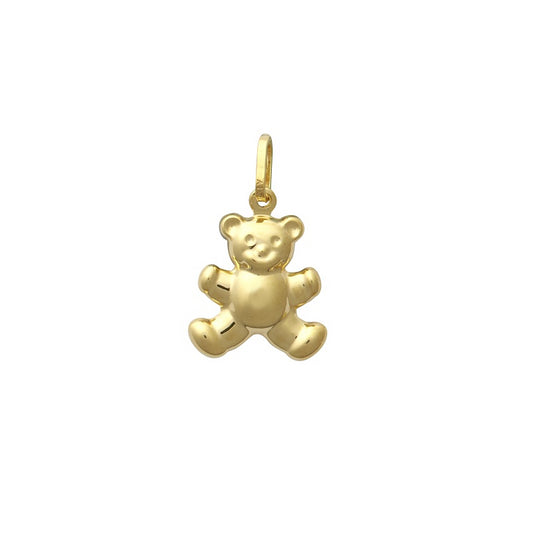
-
New 24ct 1g Gold Bar
Regular price £130.00Sale price £130.00 Regular priceUnit price per -
New 24ct 2.5g Gold Bar
Regular price £325.00Sale price £325.00 Regular priceUnit price per -
New 24ct 10g Lakshmi Gold Bar
Regular price £1,225.00Sale price £1,225.00 Regular priceUnit price per -
New 24ct 5g Gold Bar
Regular price £625.00Sale price £625.00 Regular priceUnit price per -
New 22ct Gold King Charles III Full Sovereign Coin 2025
Regular price £885.00Sale price £885.00 Regular priceUnit price per -
New 22ct Gold Fancy Beaded Bracelet
Regular price £255.00Sale price £255.00 Regular priceUnit price per -
New 22ct Gold Layered Bead Ring Sizes N-R
Regular price £550.00Sale price £550.00 Regular priceUnit price per -
New 9ct Gold Micro Belcher Chain 16-22"
Regular price From £60.00Sale price From £60.00 Regular priceUnit price per£75.00SaleSale -
New 22ct Gold Petal Dress/Cocktail Ring Size N-R
Regular price £280.00Sale price £280.00 Regular priceUnit price per -
New 22ct Gold Bead Wrap Ring Sizes N-R
Regular price £460.00Sale price £460.00 Regular priceUnit price per -
New 9ct Gold Cubic Zirconia Round Stud Earrings
Regular price £30.00Sale price £30.00 Regular priceUnit price per -
New 9ct Gold St Christopher Stud Earrings
Regular price £44.00Sale price £44.00 Regular priceUnit price per -
New 9ct Gold Hollow Teddy Bear Charm Pendant 17mm
Regular price £32.00Sale price £32.00 Regular priceUnit price per£40.00SaleSale -
New 9ct Gold Hoop Earrings
Regular price £31.00Sale price £31.00 Regular priceUnit price per -
New 9ct Gold Dad Ring Sizes K-Z
Regular price £180.00Sale price £180.00 Regular priceUnit price per£226.00SaleSale -
New 22ct Gold Filigree Shield Ring Size N
Regular price £470.00Sale price £470.00 Regular priceUnit price per -
New 9ct Gold Cubic Zirconia Ragdoll Pendant 34mm
Regular price £216.00Sale price £216.00 Regular priceUnit price per£270.00SaleSale -
New 9ct Gold Cubic Zirconia Solitaire Stud Earrings
Regular price £20.00Sale price £20.00 Regular priceUnit price per


























